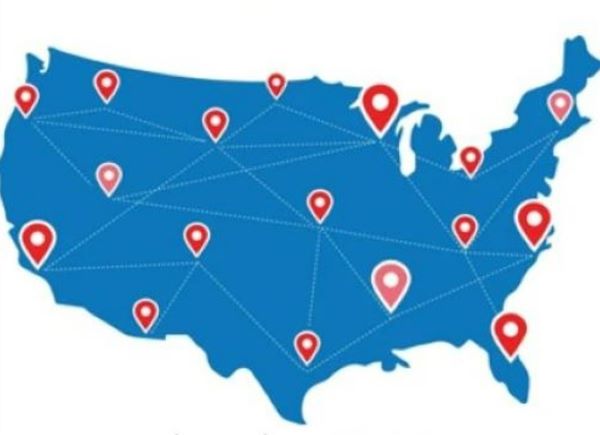Definition:
Territory mapping is the process of dividing geographic areas so that each franchisee knows exactly where they can do business. This helps avoid overlap, protects each owner’s market, and gives everyone a fair chance to grow their customer base.
Use It in a Sentence:
Before launching her CoolVu franchise, Carla reviewed her territory mapping to understand where she could market and operate.
Why Is Territory Mapping Important?
Territory mapping keeps things fair and clear for every franchise owner. It draws a line around your business area so you’re not competing with other franchisees from the same brand. That way, everyone has space to succeed without stepping on each other’s toes.
For a brand like CoolVu, this process builds trust from day one. You’ll know exactly where you can work, advertise, and build relationships. This structure lets you focus on serving your market without worrying about outside competition from fellow owners.
It also helps the company plan for smart growth. Instead of guessing where to expand next, CoolVu uses real data to map areas based on population, income levels, and local demand. This makes expansion feel more like strategy—not a gamble.

Finally, clear territory mapping helps avoid confusion. Everyone has their space, and everyone knows the rules. That means fewer headaches and more focus on growing your business.
Related Dictionary Terms:
- Protected Territory: A zone where no other franchisee can operate.
- Exclusive Territory: An area reserved for one franchisee only.
- Area Developer: Someone who manages multiple territories in a region.
- Master Franchisee: Leads and supports franchise growth in large territories.
- Discovery Day: In-person event to explore franchise opportunity.










